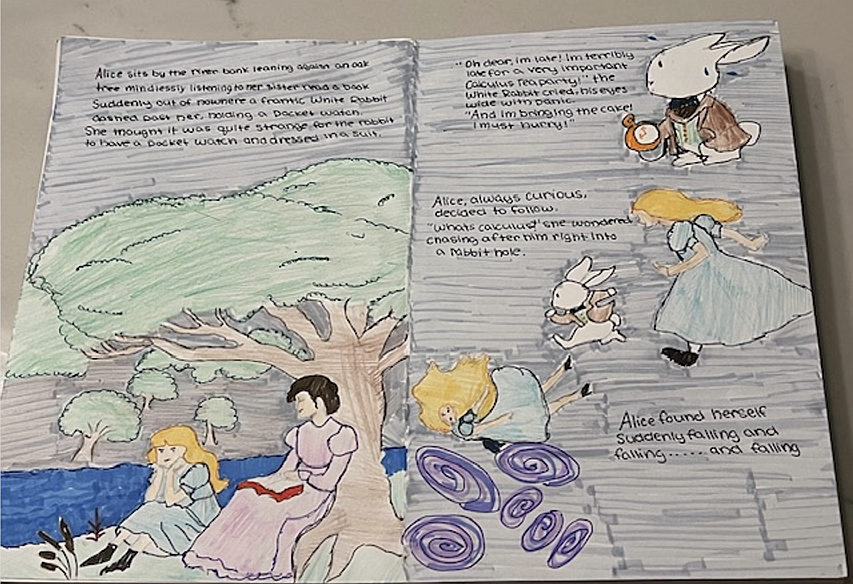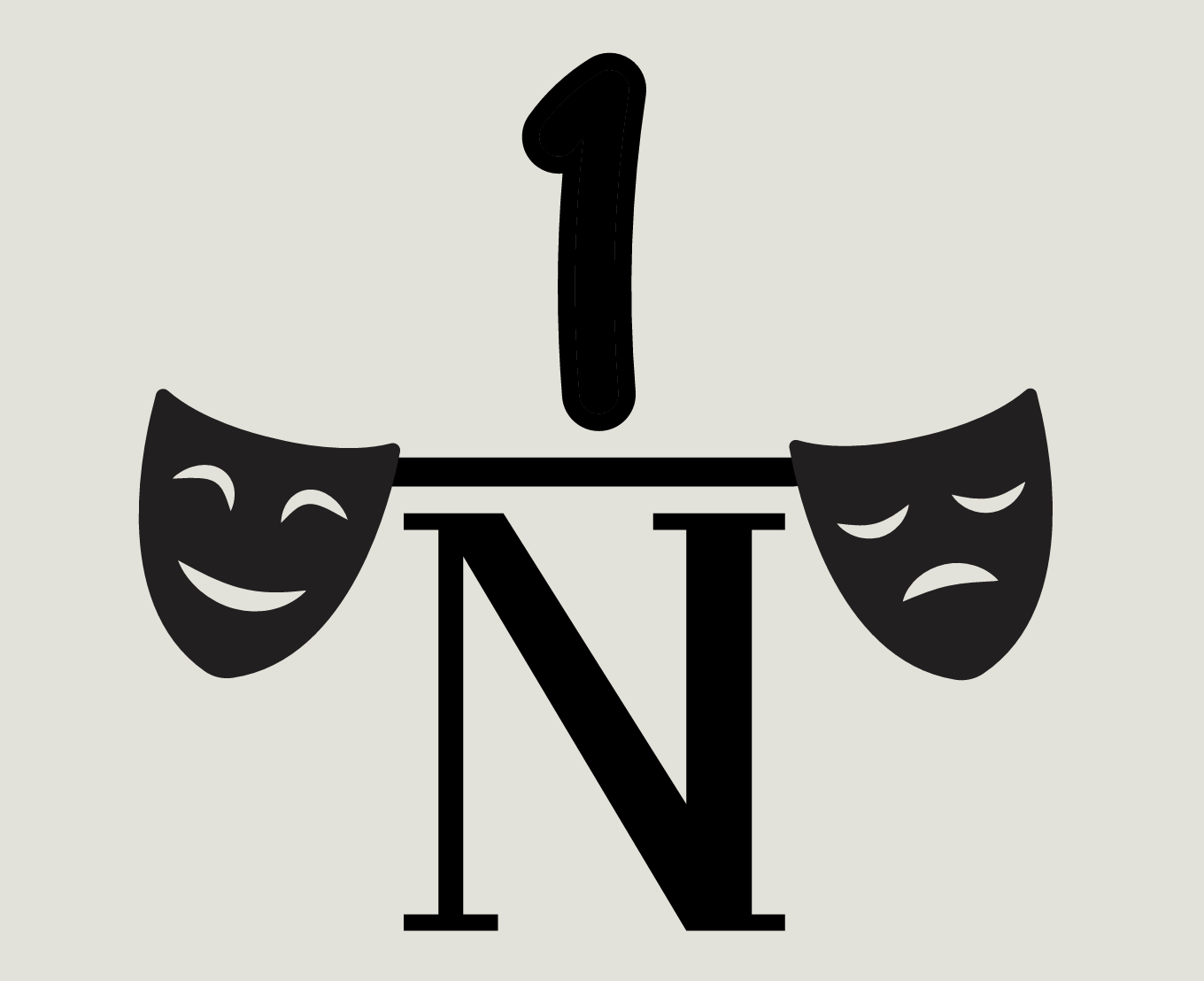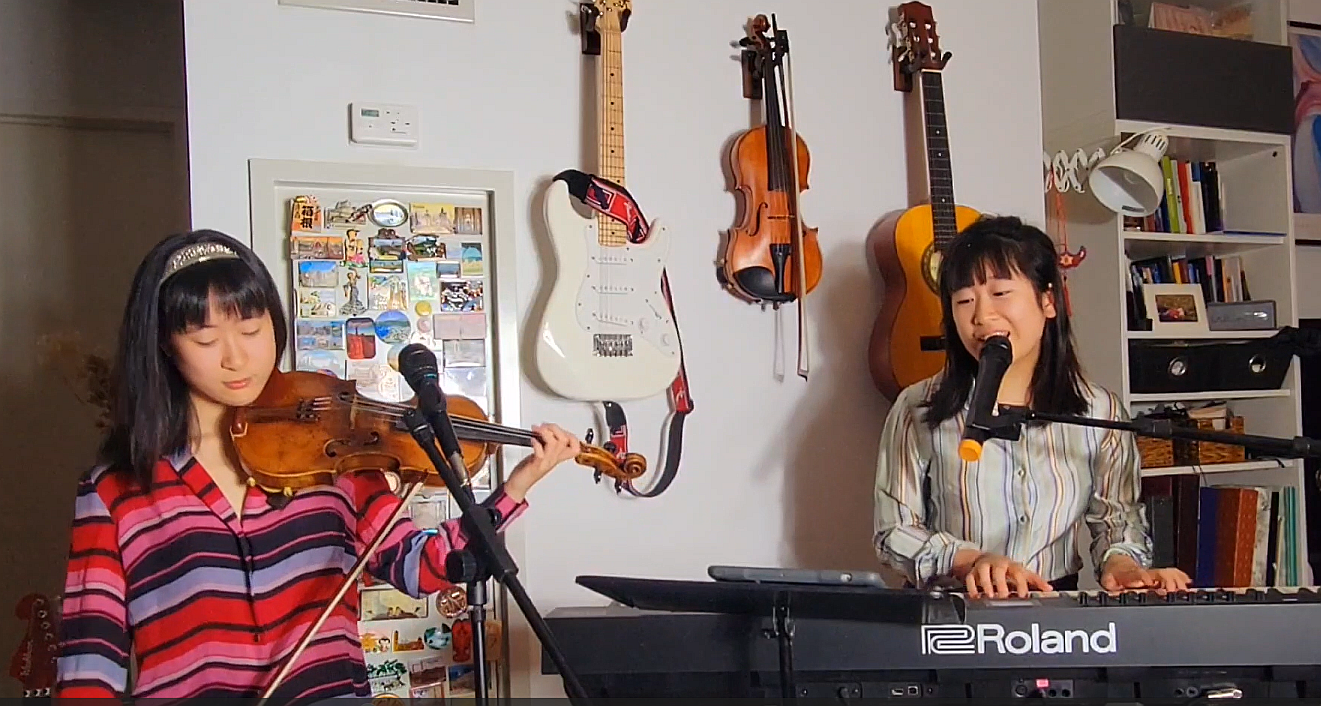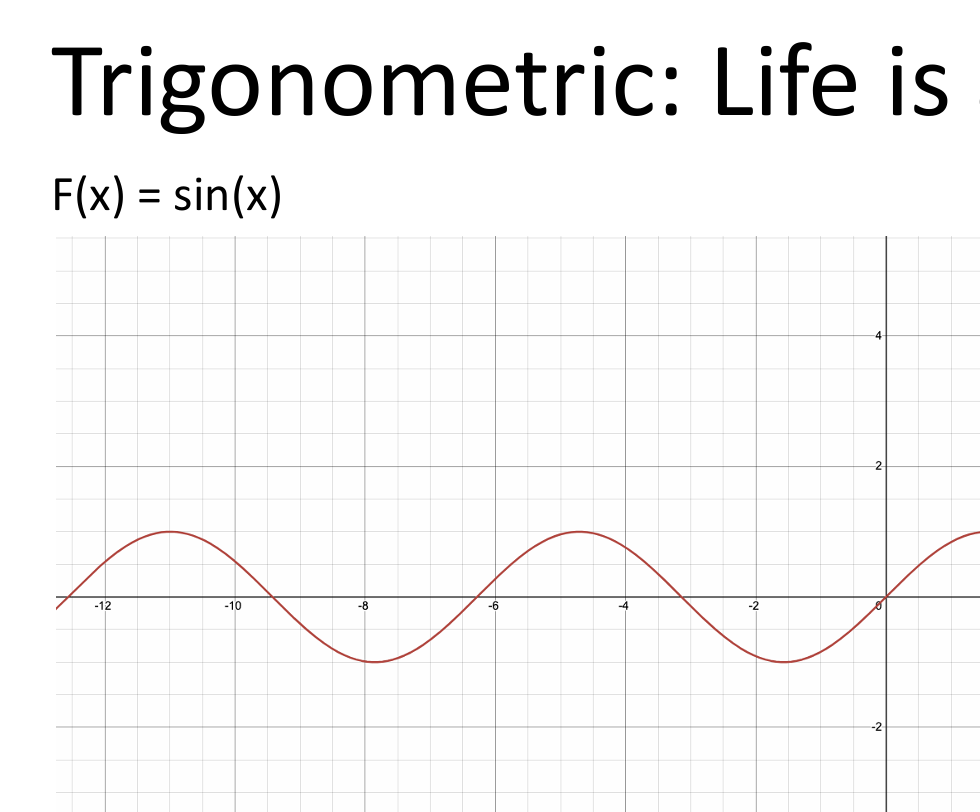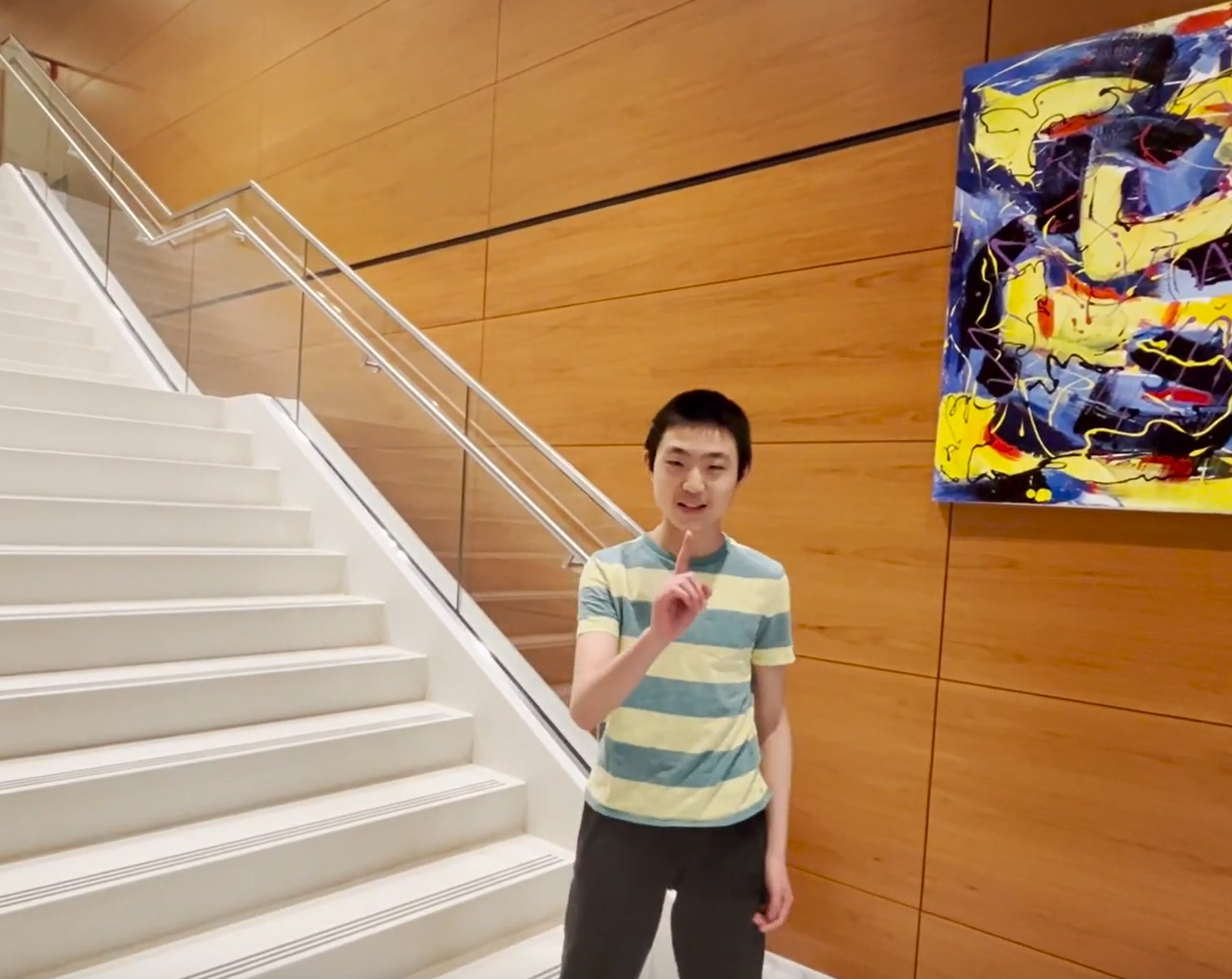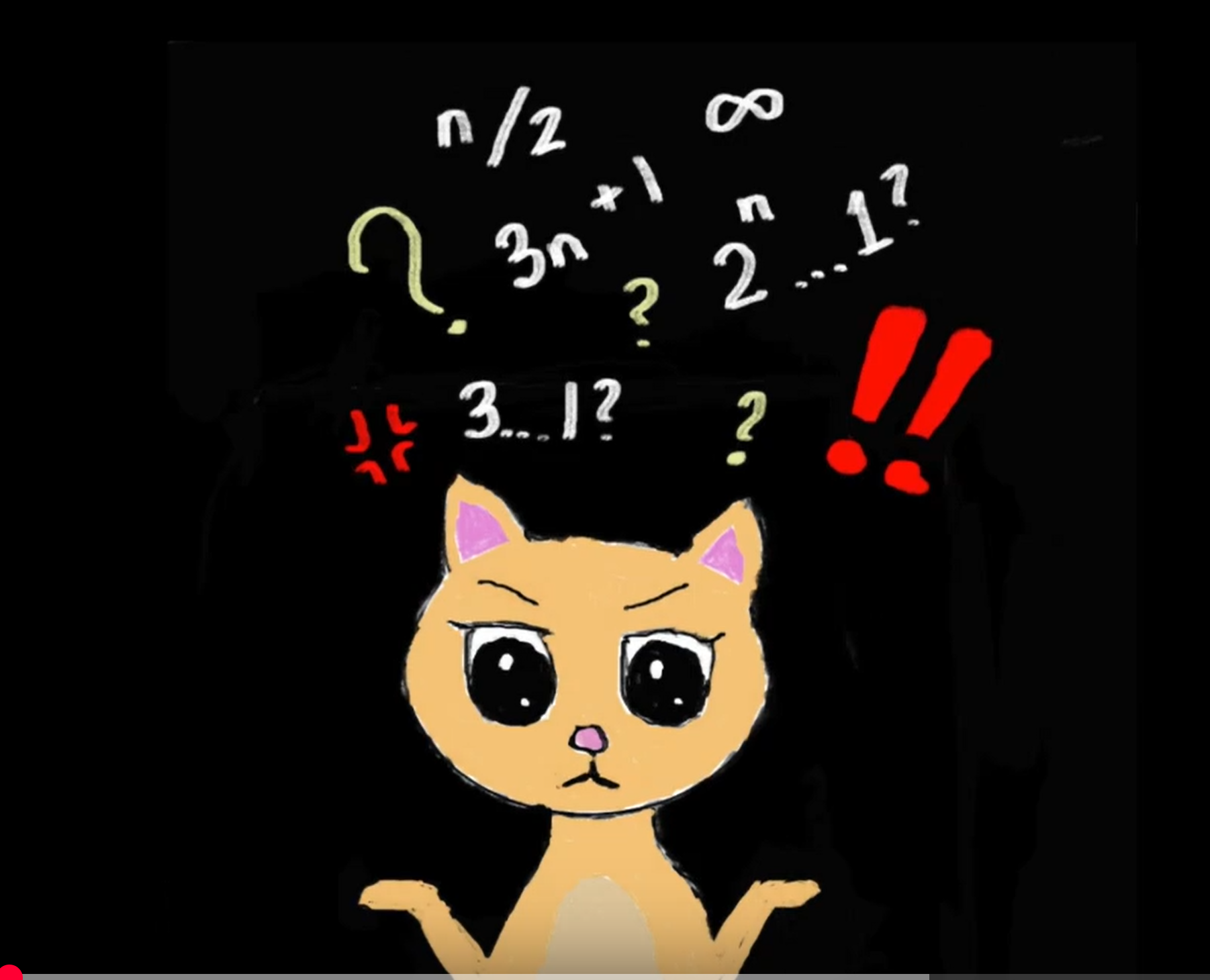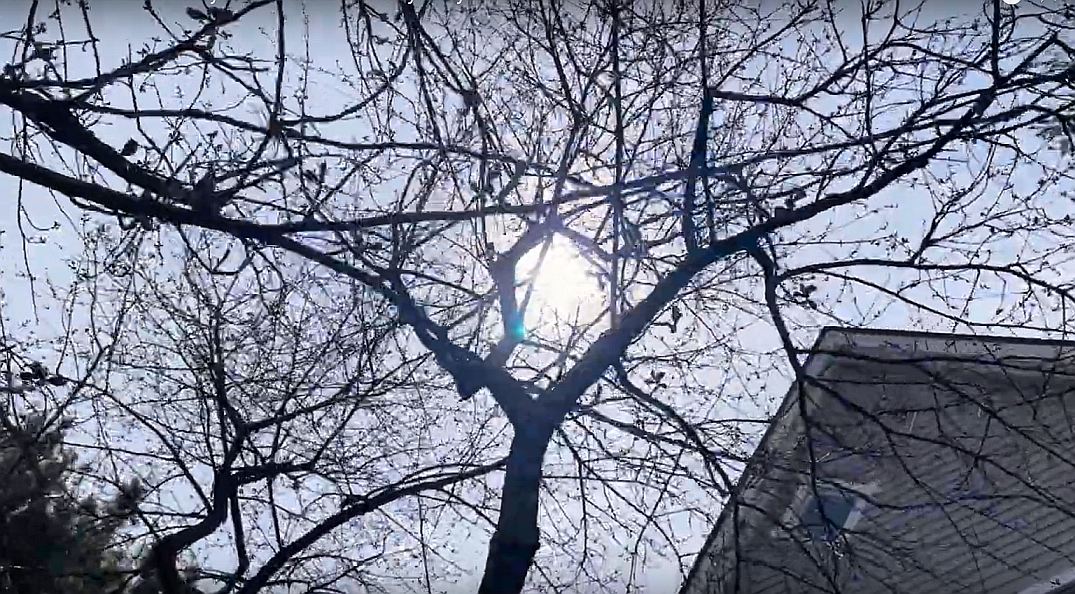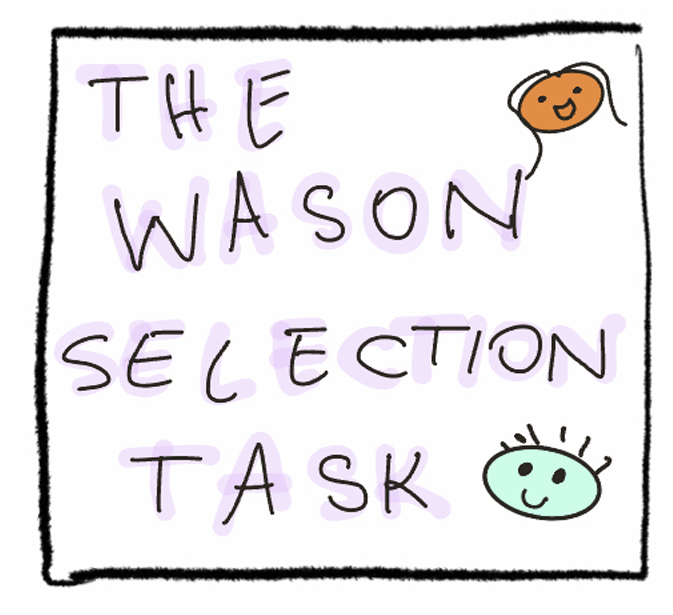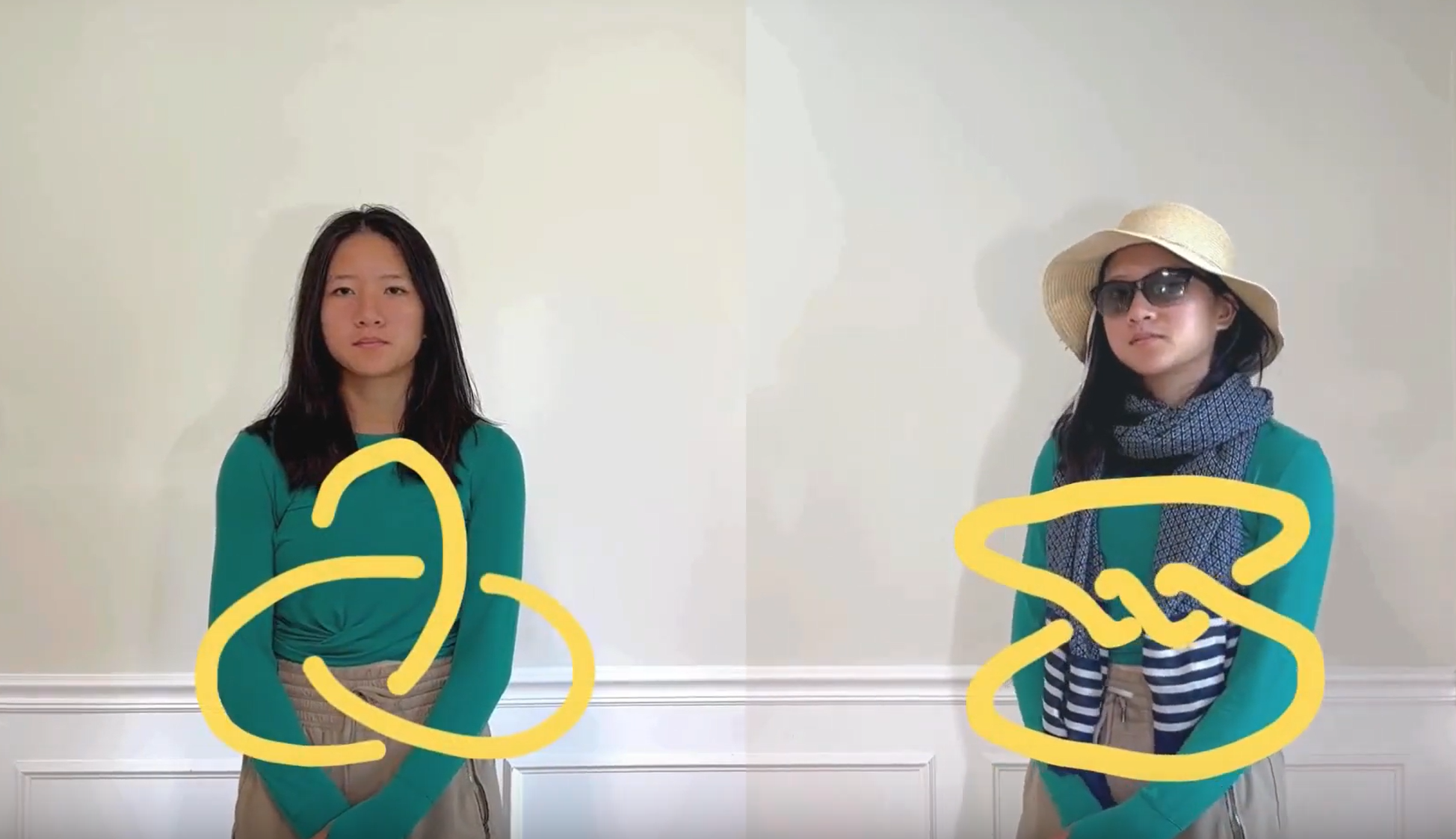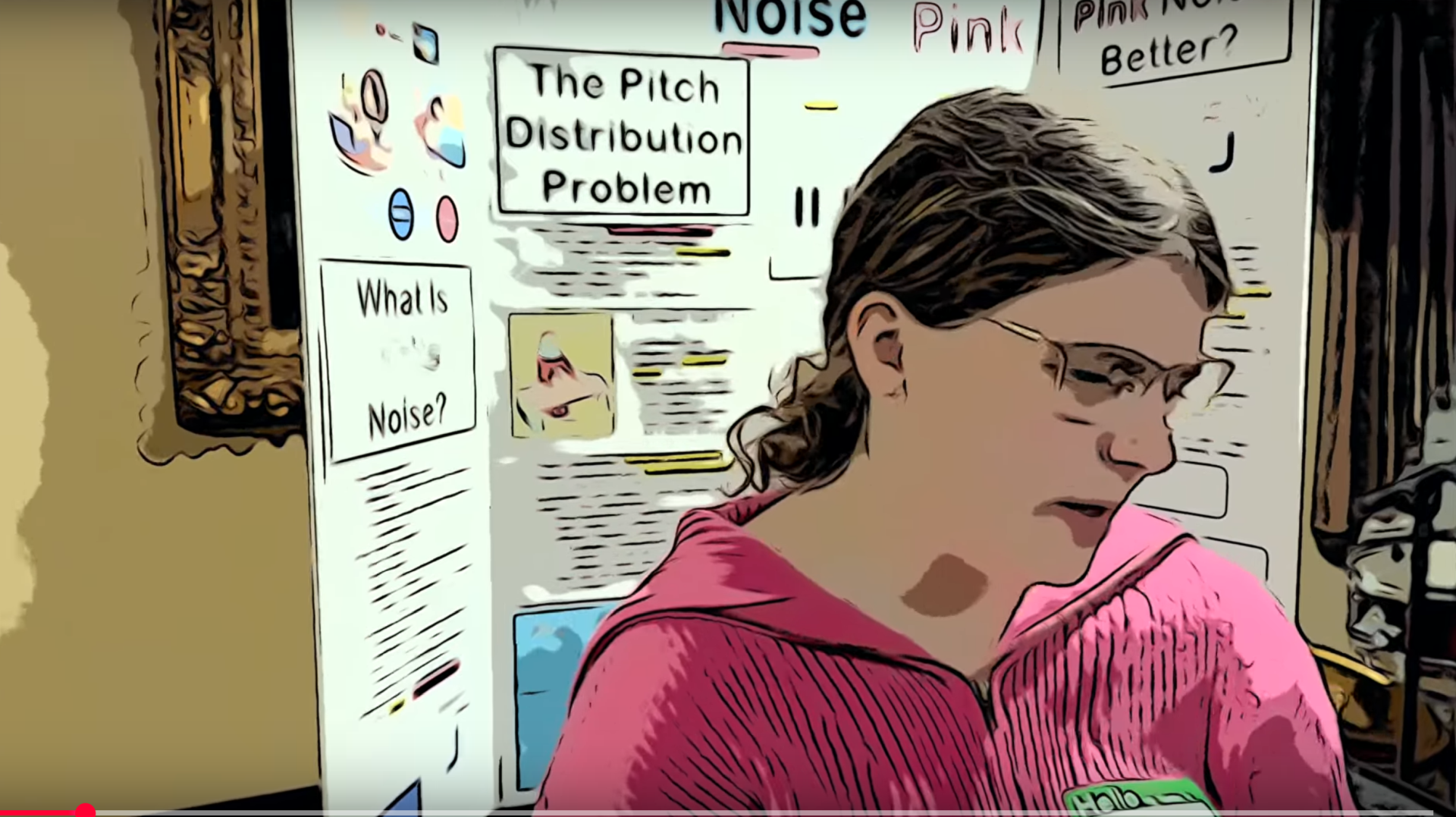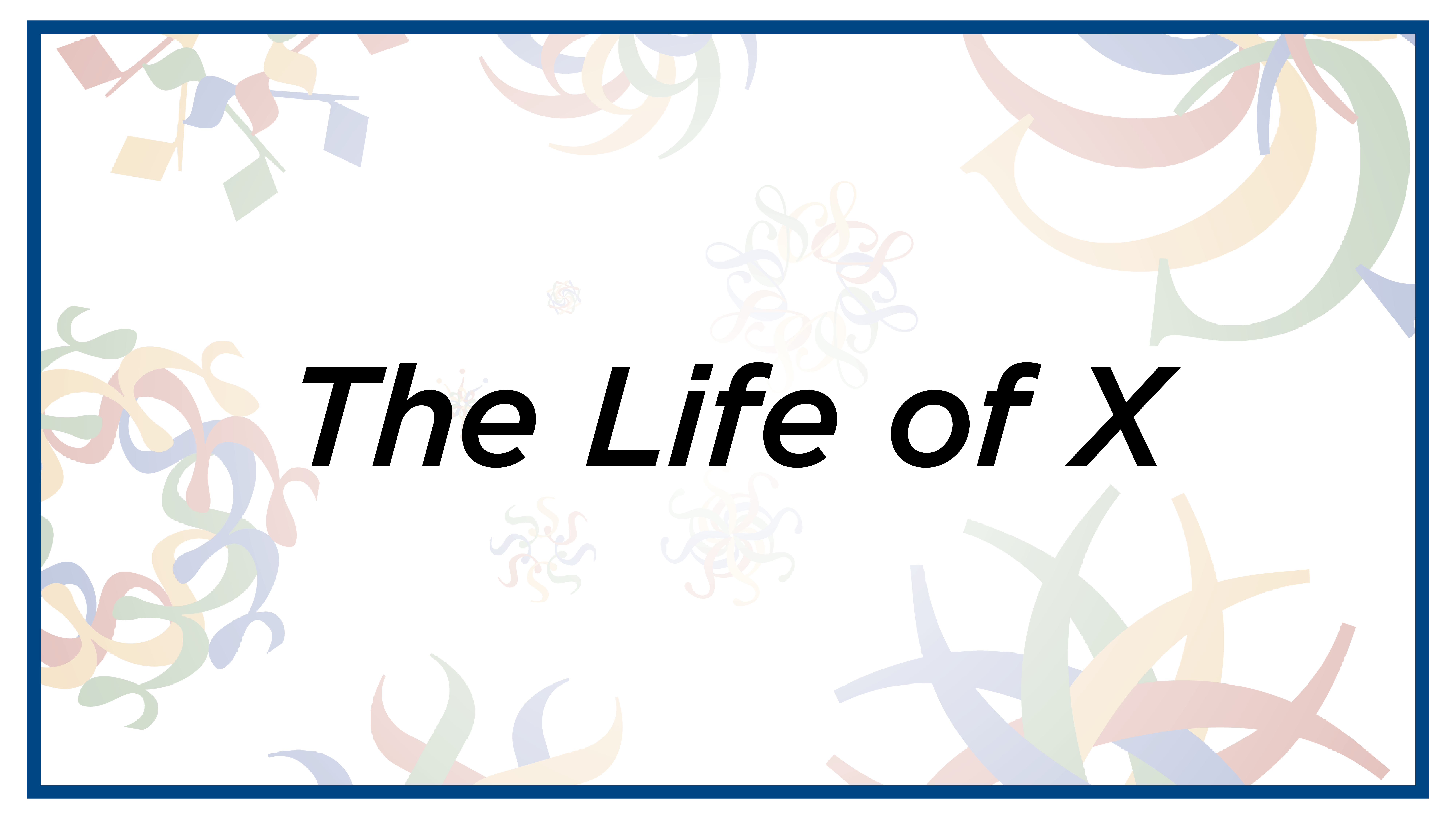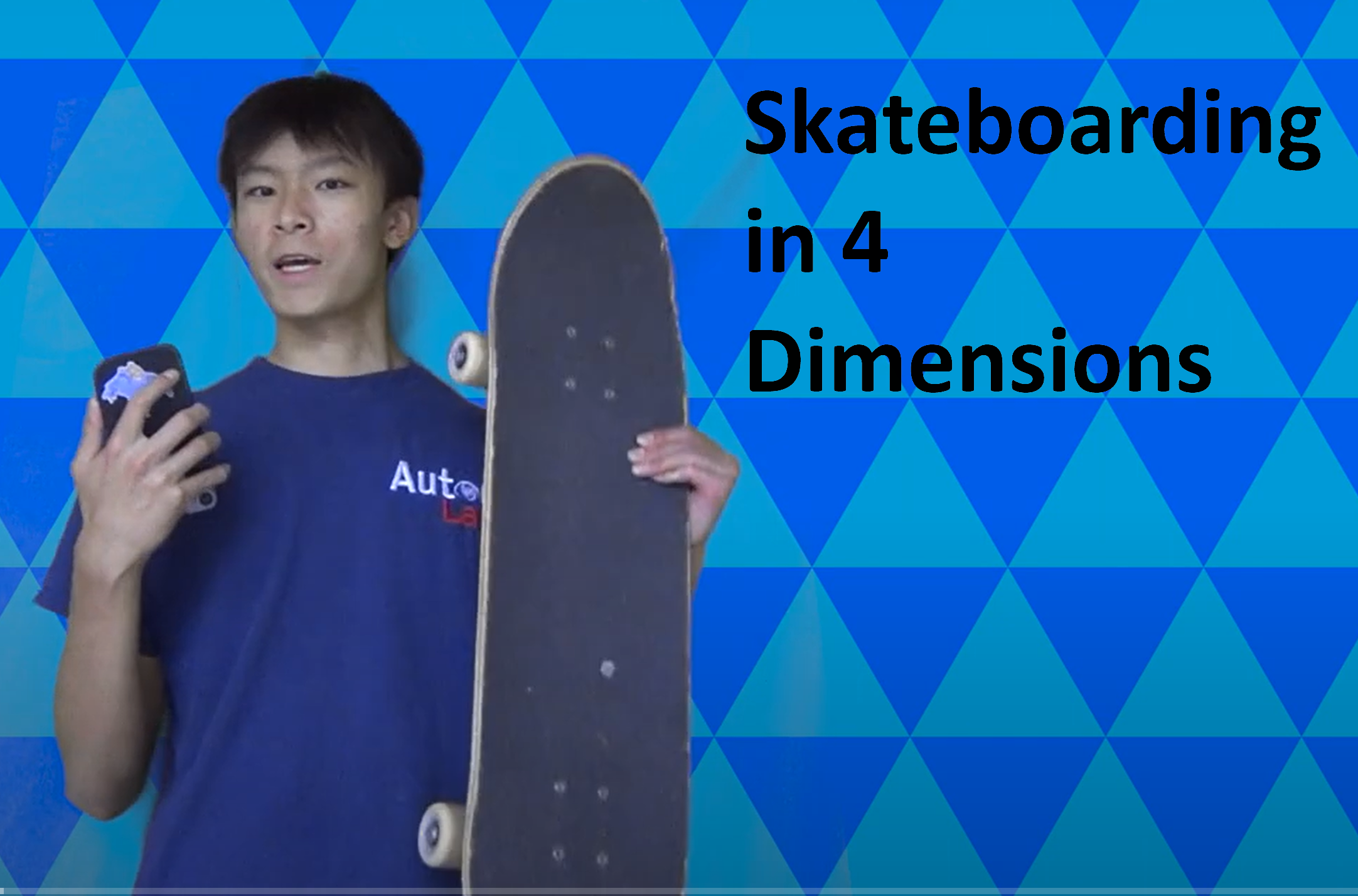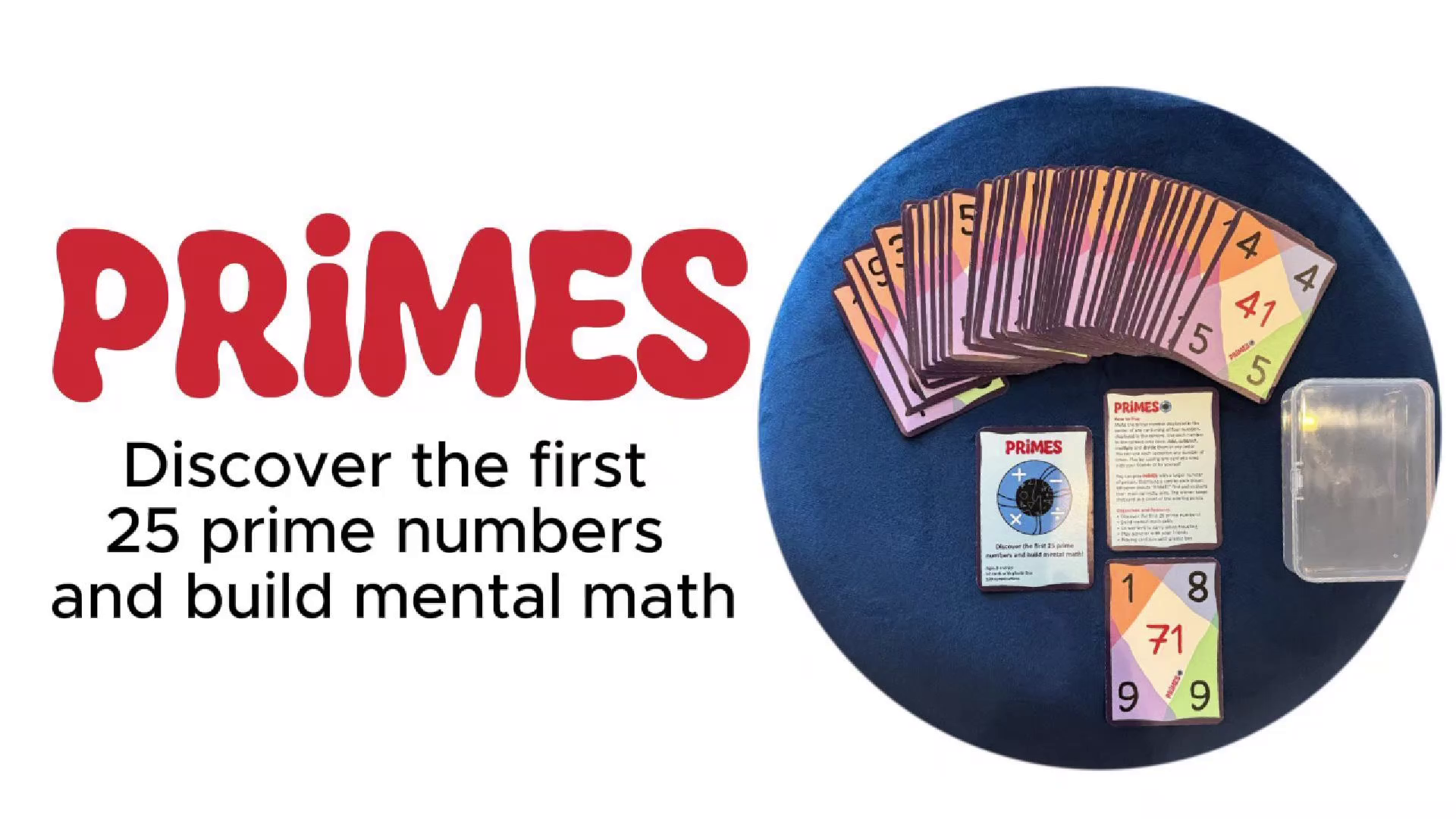Math Monday: Fractal Holiday
by Glen Whitney
[sharethis]
Happen to have any spheres with mirrored surfaces lying around? If so, you can make your own sphere inversion fractals, as today’s gallery of pictures shows. Here’s the basic idea: take three different-colored reflecting balls and arrange them so that each just kisses both of the other two:

Note the reflections of each ball in the others, and the reflections of reflections, and the reflections of reflections of reflections, and so on, creating a myriad of ever-smaller, self-similar beautiful details—in other words, a fractal.
In three dimensions, you can actually have four spheres each kissing all of the other three; here’s the pattern of reflections you get with four different-colored balls (red, yellow, purple, and silver) arranged in a tetrahedron, looking into the cavity at the center of the arrangement:

Just the glints of light from an external light source off of such an arrangement of spheres can create a fractal pattern, as most easily seen in this arrangement of three spheres, all silver:

Here’s a closeup of the most intricate part, using gold balls:

And here are two photos of a tetrahedral arrangement of gold balls, showing the dramatic difference in what you record with and without using a flash (can you tell which is which?)


Finally, as a little bonus in thinking about the geometry of spherical reflections, can you tell what shape the lamp reflected in the top of this mirrored sphere is?

This article first appeared on Make: Online, January 6, 2014.
